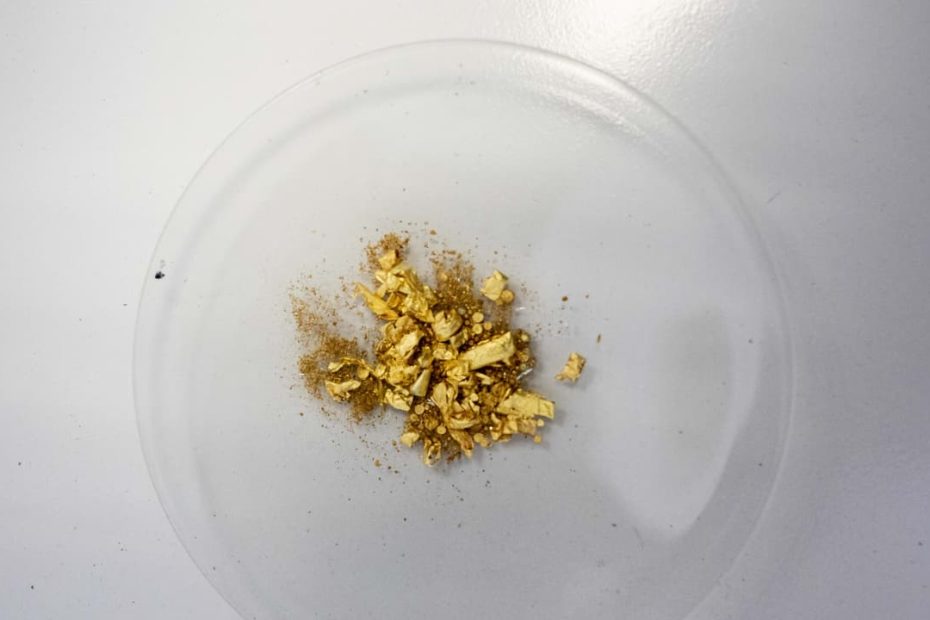Gold has fascinated humans for thousands of years—treasured for its beauty, rarity, and resistance to tarnish. But now, in a surprising twist, researchers have stumbled upon something no one had ever seen before: a brand-new gold compound, created entirely by accident. This breakthrough is making waves in the scientific community, not because it has immediate jewelry potential, but because it challenges what we thought we knew about chemistry and the hidden potential of elements.
The Happy Accident in the Lab
The discovery happened while a team of chemists was experimenting with reactions involving gold and other uncommon elements. Their original goal was not to invent something new, but rather to test gold’s behavior in extreme chemical conditions.
To their astonishment, the reaction produced a compound of gold bonded in a way never previously observed. At first, they thought it was an error—a contamination or misstep in the process. But repeated tests confirmed the same result: they had indeed formed a unique gold compound with unusual properties.
Why Is This a Big Deal?
Gold is known as a “noble metal,” meaning it doesn’t easily react with other elements. That’s why gold coins and jewelry can last centuries without corroding. But this new compound shows that, under the right circumstances, gold can form unexpected chemical bonds.
Scientists describe it as opening a new “branch” on gold’s chemical family tree. It may reveal hidden rules about how atoms interact, rules that could apply far beyond just gold.
The Science Behind It (Simplified)
- Normal gold compounds: In most known reactions, gold tends to bond in predictable ways, usually as a “+1” or “+3” ion. That means it either loses one or three electrons to connect with other elements.
- This new compound: The accidental discovery revealed gold in an unusual oxidation state—a different electron-sharing arrangement than ever documented. This is like finding a familiar friend acting in a totally unexpected way.
Chemists are especially intrigued because this challenges textbook definitions of gold’s behavior. If gold can surprise us, maybe other “stable” elements can too.
Potential Applications
Right now, this compound doesn’t have a practical use—scientists are still trying to understand it. But history tells us that new chemical discoveries often lead to big technological leaps.
- Gold compounds already play roles in medicine (some are used to treat arthritis).
- In electronics, gold’s conductivity makes it vital for circuits.
- A never-before-seen compound might open pathways for new materials, catalysts for chemical reactions, or even quantum technologies.
It’s too early to say where this will lead, but every breakthrough starts with curiosity.
The Bigger Picture: Serendipity in Science
What makes this story even more fascinating is that it was accidental. Many of science’s greatest discoveries—from penicillin to X-rays—came from unexpected results. This gold compound joins that tradition, reminding us that exploration often works best when we leave room for surprises.
Last Words
The accidental creation of this never-before-seen gold compound doesn’t mean your jewelry box is about to get an upgrade. But it does mean that even one of the most familiar and “stable” elements on Earth still has secrets to tell us.
